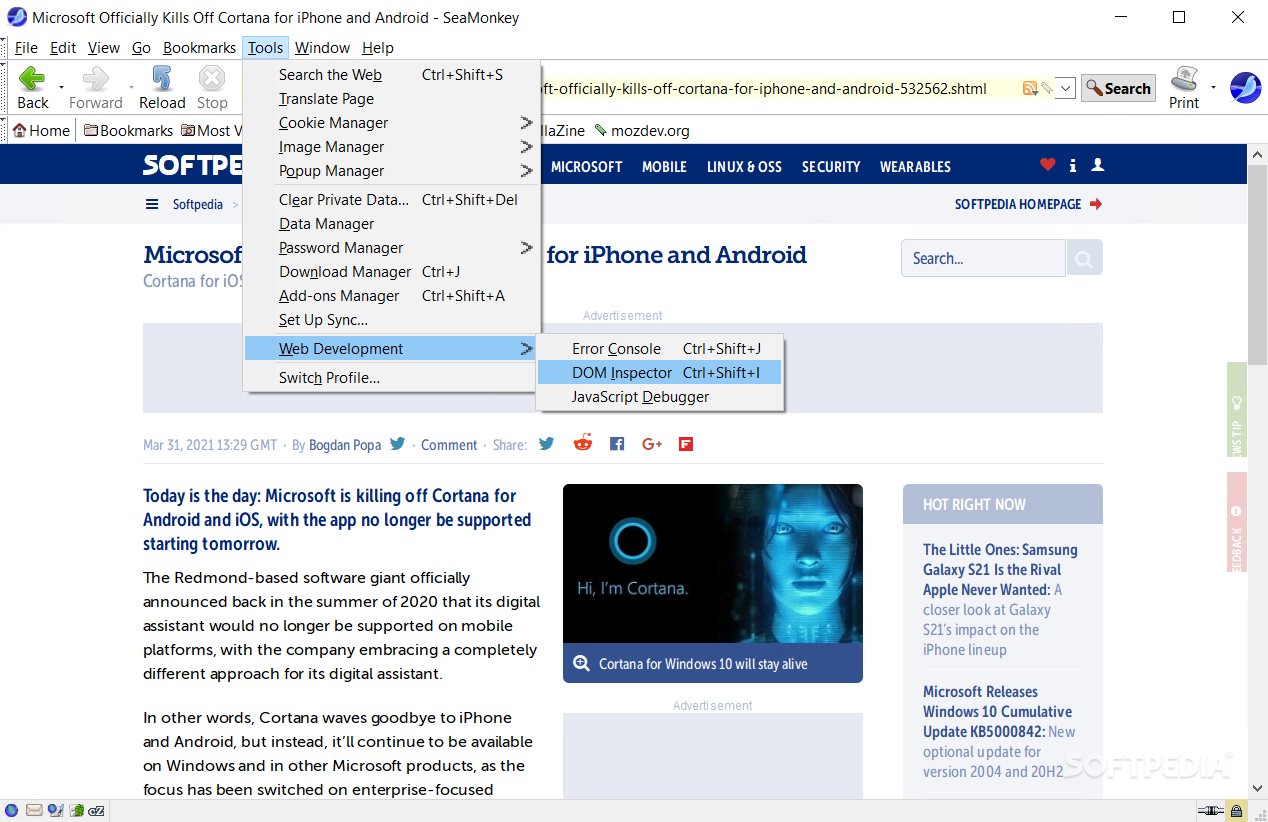


In contrast, differential staining distinguishes organisms based on their interactions with multiple stains.
#SEAMONKEY UNDER MICROSCOPE FREE#
A simple stain will generally make all of the organisms in a sample appear to be the same color, even if the sample contains more than one type of organism. What is a Sea Monkey we hear you cry Well, these tiny creatures are in fact a hybrid breed of brine shrimp that was created in 1957 by Harold von. Compound Binocular Microscope for Adults Students, 40X-2500X Magnification, Microscopes with 1.3 MP USB Eyepiece Camera, 100X Oil Immersion Objectives and Microscope Slide Set for Laboratory School 21599 Save 40.00 with coupon FREE delivery Fri, May 5 Or fastest delivery Wed, May 3 Only 17 left in stock - order soon. In simple staining, a single dye is used to emphasize particular structures in the specimen. In this video I put my brine shrimp under the microscope so you can see a timelapse of Show more Show more It’s. Some staining techniques involve the application of only one dye to the sample others require more than one dye. A narrated guide showing a time lapse of my Sea Monkeys under the microscope. This Print medium campaign is related to the Gaming industry and contains 4. Commonly used acidic dyes include acid fuchsin, eosin, and rose bengal. It was created for the brand: The Amazing Live Sea-Monkeys, by ad agency: Gertrude. On the other hand, the negatively charged chromophores in acidic dyes are repelled by negatively charged cell walls, making them negative stains. Thus, commonly used basic dyes such as basic fuchsin, crystal violet, malachite green, methylene blue, and safranin typically serve as positive stains. (credit a: modification of work by Centers for Disease Control and Prevention credit b: modification of work by Roberto Danovaro, Antonio Pusceddu, Cristina Gambi, Iben Heiner, Reinhardt Mobjerg Kristensen credit c: modification of work by Anh-Hue Tu)īecause cells typically have negatively charged cell walls, the positive chromophores in basic dyes tend to stick to the cell walls, making them positive stains.
#SEAMONKEY UNDER MICROSCOPE UPDATE#
megaterium appear to be white because they have not absorbed the negative red stain applied to the slide. The SeaMonkey project is proud to present SeaMonkey 2.53.15: The new release of the all-in-one Internet suite is available for download now 2.53.15 is an incremental update from the 2.53.x branch and incorporates a number of changes as well as fixes from the underlying platform code. (b) This specimen of Spinoloricus, a microscopic marine organism, has been stained with rose bengal, a positive acidic stain. \): (a) These Bacillus anthracis cells have absorbed crystal violet, a basic positive stain.


 0 kommentar(er)
0 kommentar(er)
